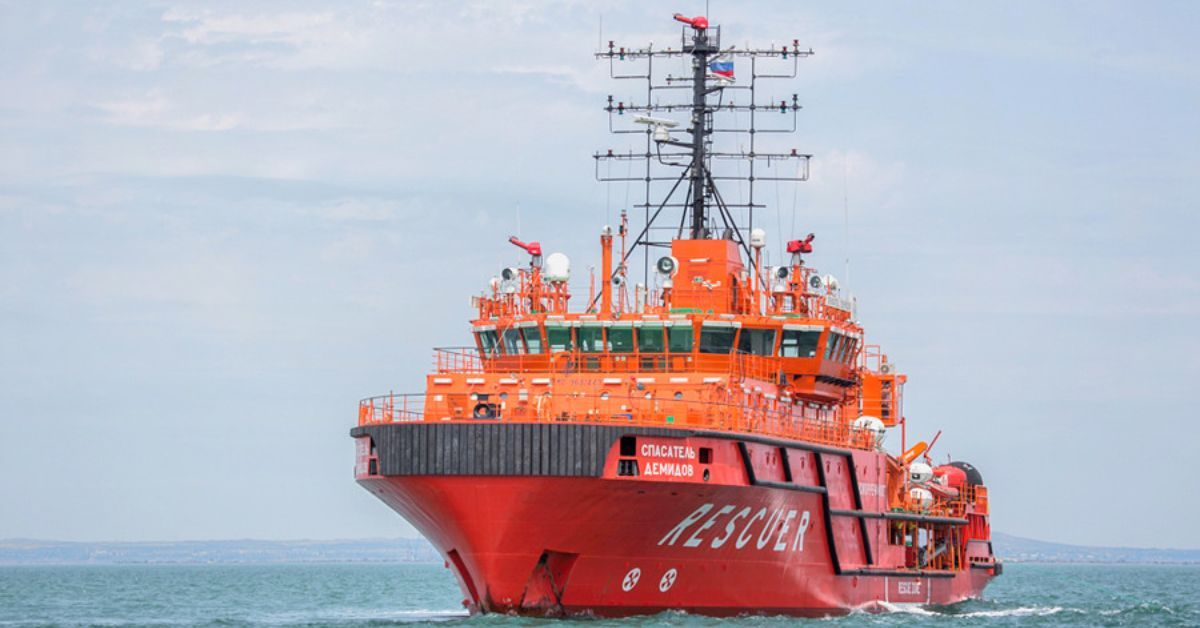The US$395-million project is aimed at replacing the outmoded 259-tonne-capacity ships with 2000-tonne-capacity craft, full revolving salvage ships, senior officials of the ministry told the FE.
Recently, the ministry submitted the preliminary development project proposal to the planning ministry. “You are requested to process funds for the project from the NDB,” reads the DPP letter sent to the Economic Relations Division by the ministry.
Explaining the significance of the project the officials of the shipping ministry said at present the BIWTA has four salvage units. Among them, Hamza and Rustam were manufactured way back in 1965 and ’83 respectively and “the durability of these two vessels has already expired”.
These vessels have the maximum part to pick up 250-tonne sinking vessels only, but presently there are many passenger vessels having the weight of 700 to 1000 tonnes or more running in different places, especially on the Dhaka- Barisal route, they said.
Even there are cargo vessels and oil tankers that have weight from 1000 to 1500 tonnes on inland and coastal routes now in the country.
Under the project the shipping industry plans to procure two salvage vessels with minimum lifting capacity of 2000 tonnes each, two tugboats with a minimum of 70 tonnes of bollard-pool capacity and 4 search and rescue boats.
The project also includes construction of a special pontoon and a salvage-vessel base with an area of 1000 sq meters, said officials.
The total cost of the project is US$395.88 million of which $273.66 million will be provided from the foreign assistance and the rest to be defrayed by the government
According to the officials of the shipping ministry, on average, nearly 50,000 passengers travelled the river routes and many of these vessels plying inland waterways have a length of 1900 meters including superstructure and light weight of the vessel sometimes more than 1500 meter metric tonnes.
In order to rescue these vessels the lifting capacity of green badge will be required more than 2000 metric tonnes.
Bangladesh became member of the up-and-coming bank styled NDB in 2021, as the China-initiated bloc keeps expanding.
Since its establishment six years ago, NDB has approved about 80 projects in all of its member-countries, totaling a portfolio of US$30 billion
Projects in areas such as transport, water and sanitation, clean energy, digital infrastructure, social infrastructure and urban development are within the scope of the Bank.
NDB was established by the lineup of Brazil, Russia, India, China and South Africa to mobilise resources for infrastructure-and sustainable-development projects in BRICS realm and other emerging economies and developing countries, complementing the existing efforts of multilateral and regional financial institutions for global growth and development.
The new bank has an authorised capital of US$100 billion, which is open for subscription by members of the United Nations.








